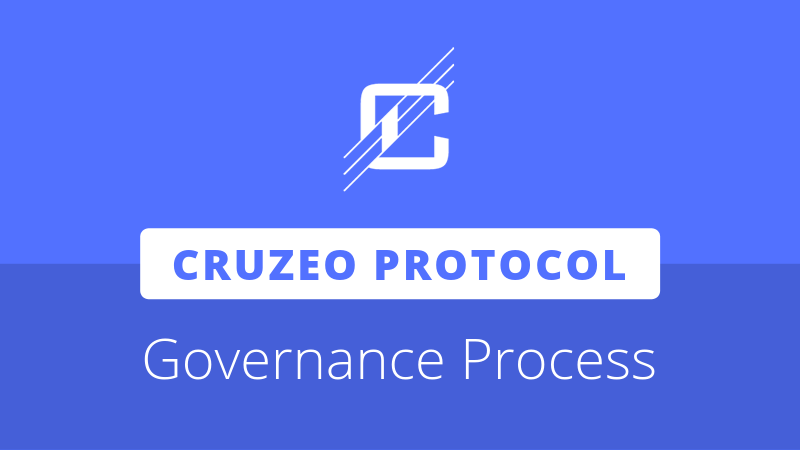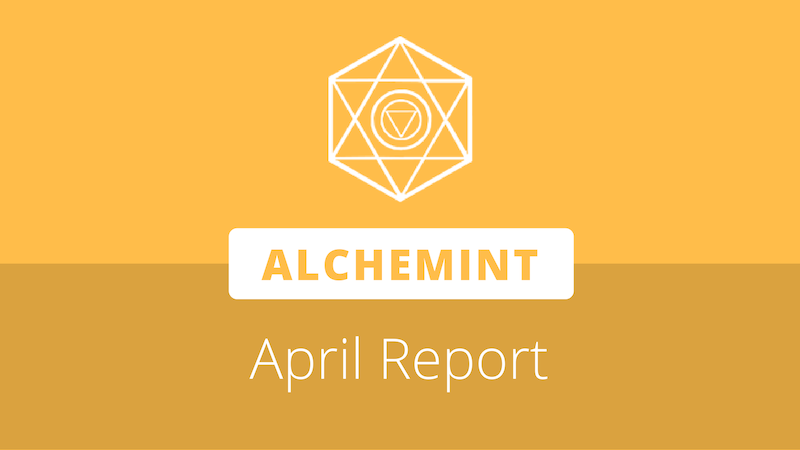
CRUZEO Protocol, a service economy framework, recently released an outline of its proposed “unplutocratic on-chain governance” structure. CRUZEO aims to become a “drag-and-drop” platform for “entrepreneurs of all technical backgrounds [to] build decentralized marketplaces.”
The stakeholders within a CRUZEO marketplace include builders, consumers, and token holders. CRUZEO highlights that users can represent multiple positions at a time.
In the ecosystem, each marketplace user has a self-sovereign digital identity that is not associated with the number of tokens held, which is a crucial aspect of the governance system. By incorporating digital identities into the voting process, the proposed CRUZEO governance system may “equitably represent each stakeholder group in isolated voting stages.”
CRUZEO purports its four-step governance process is “somewhat loosely-coupled, which is critical to preventing malicious attack vectors which can threaten a marketplace with economic and political chaos.”
Four-Step Governance Process
CRUZEO Protocol has broken its on-chain governance process into a four-step model that prioritizes initiatives and proposals established by the Top 10% monthly active users (MAUs).
Phase One: Make a Motion
CRUZEO believes token holders “have a strong incentive to vote in ways which appreciate their holdings, which is often detrimental to the utility of the underlying network.” To mitigate this incentive, network participants receive an equitable voice as stakeholders and are the group charged with setting forward motions.
The amount of tokens held does not carry any weight in who may bring motions to vote. Instead, it is the user activity and participation within the ecosystem that gives a user the right to propose a vote. In the first stage, only the top 10% of MAUs may table a motion.
Phase Two: Initial Vote
Once the MAUs have tabled a motion, token holders can participate in the voting process. To receive voting tickets, users must stake their tokens for some time. Voting tickets are then used to second motions, which serve as a vote of confidence for the proposal in question.
Phase Three: Debate
Following an approved motion and token holder vote, all CRUZEO stakeholders are invited to participate in a debate about the motion. Each stakeholder should represent and express their viewpoints on motions to “make a well-informed decision during the next phase.
Phase Four: Final Vote
A lottery system randomly selects 2,000 verified stakeholders to participate as voters. CRUZEO states “statistically speaking, these 2,000 voters will have views which closely represent all network participants.” Further, a 2,000 voter limit cap keeps the “decision-making process lean” and speedy.
Once the vote has concluded, a bounty for the implementation of the vote is offered as a “strong incentive for a group of engineers/product managers/marketers to implement the will of the stakeholders.”
The full article can be found below:
https://medium.com/cruzeo/a-new-model-of-on-chain-blockchain-governance-for-decentralized-applications-85d1e42165d?sk=a7bd77fd99b7a25faa15fb8e2c2e405f







About The Author: Dylan Grabowski
Dylan is a reformed urban planner with a passion for covering the Neo ecosystem. His objective as a writer for Neo News Today is to report news in an objective, fact-based, non-sensational manner. When not behind a computer screen, he can be found in the mountains rock climbing. Find Dylan on Twitter (@GrabowskiDylan).
More posts by Dylan Grabowski